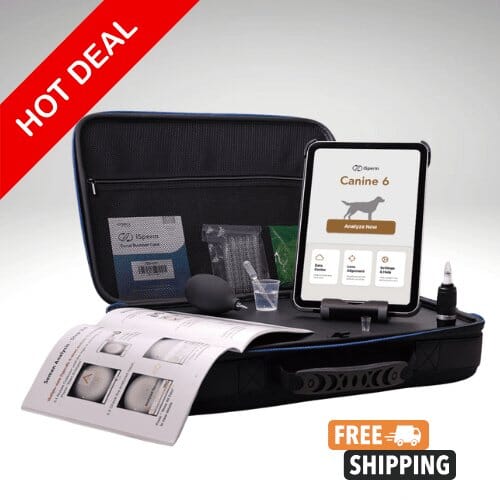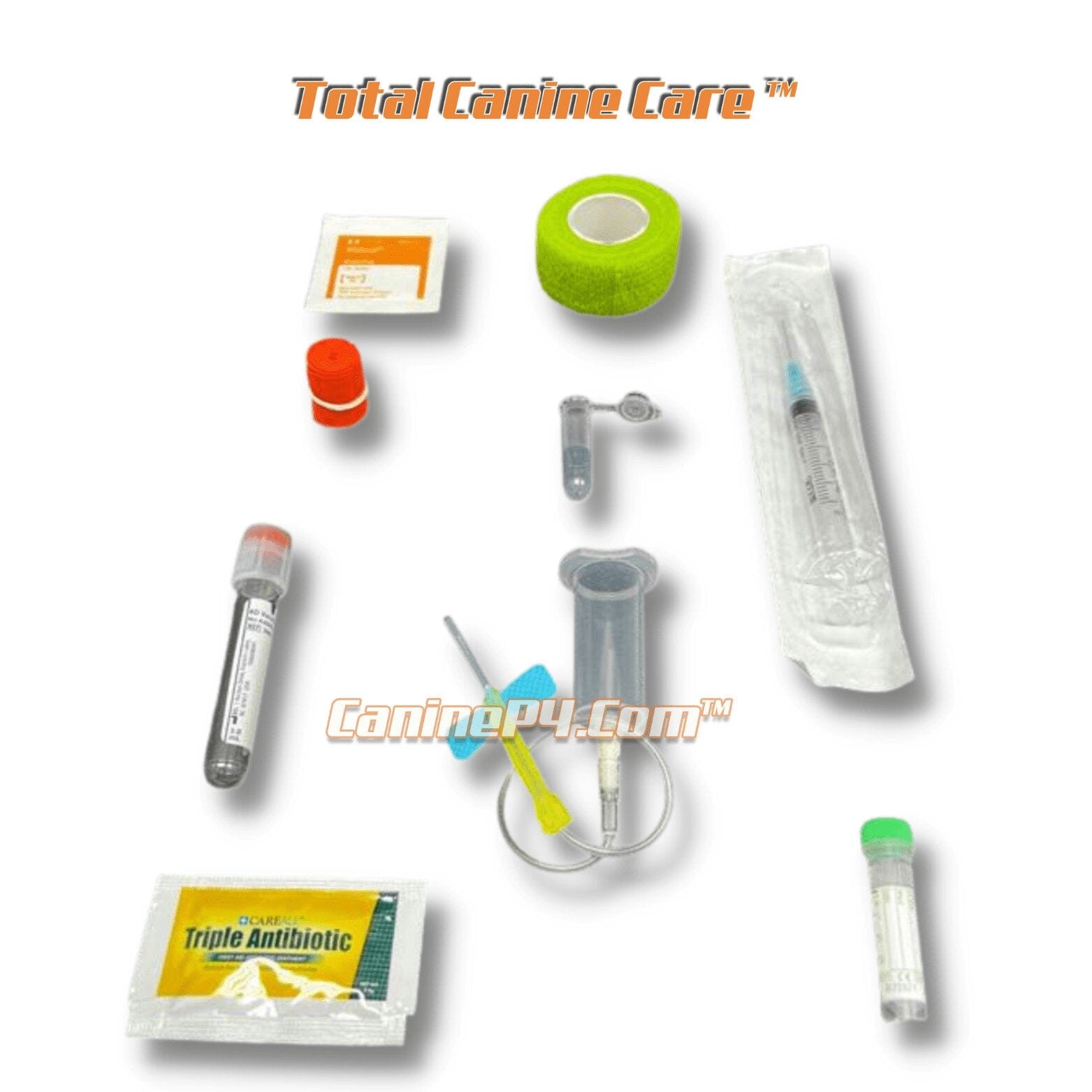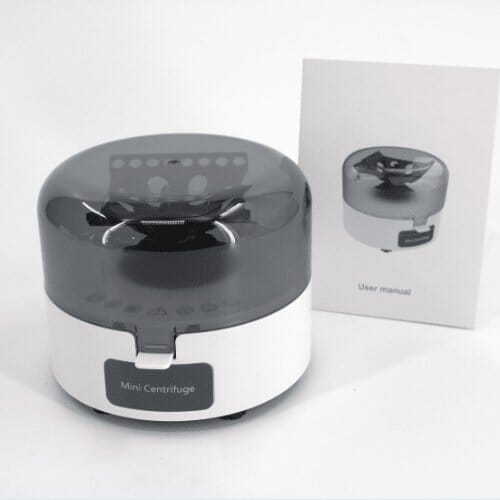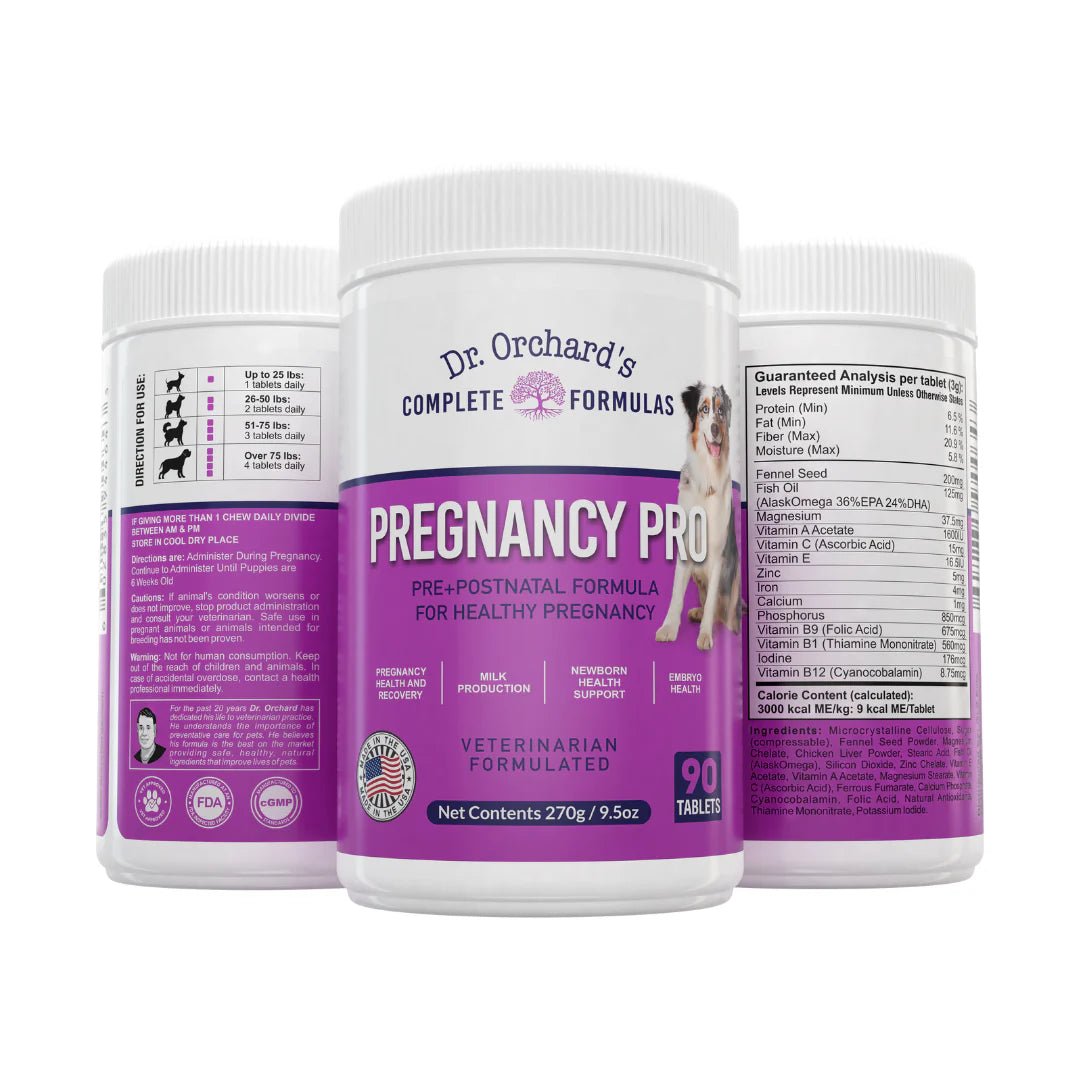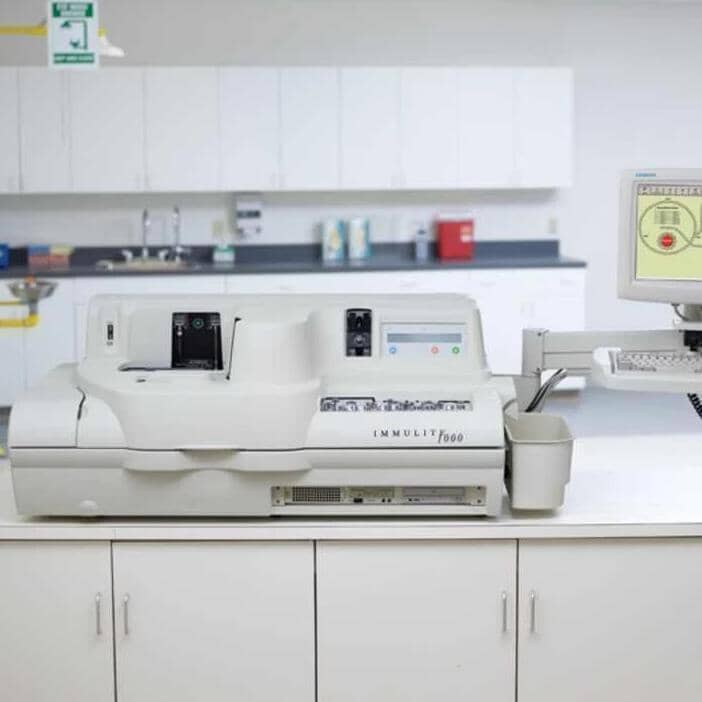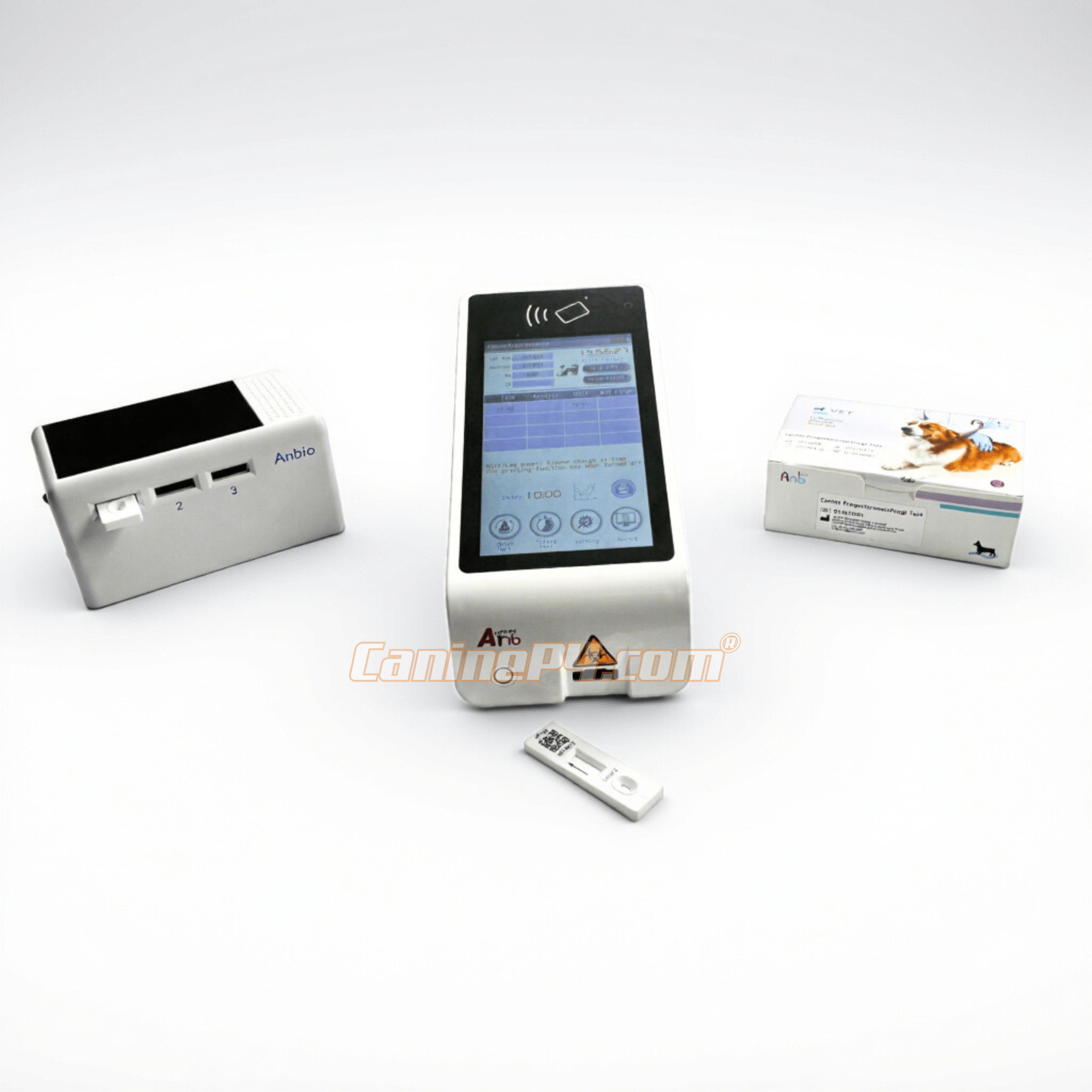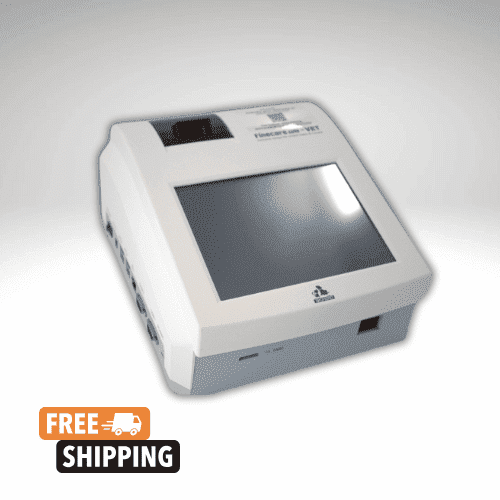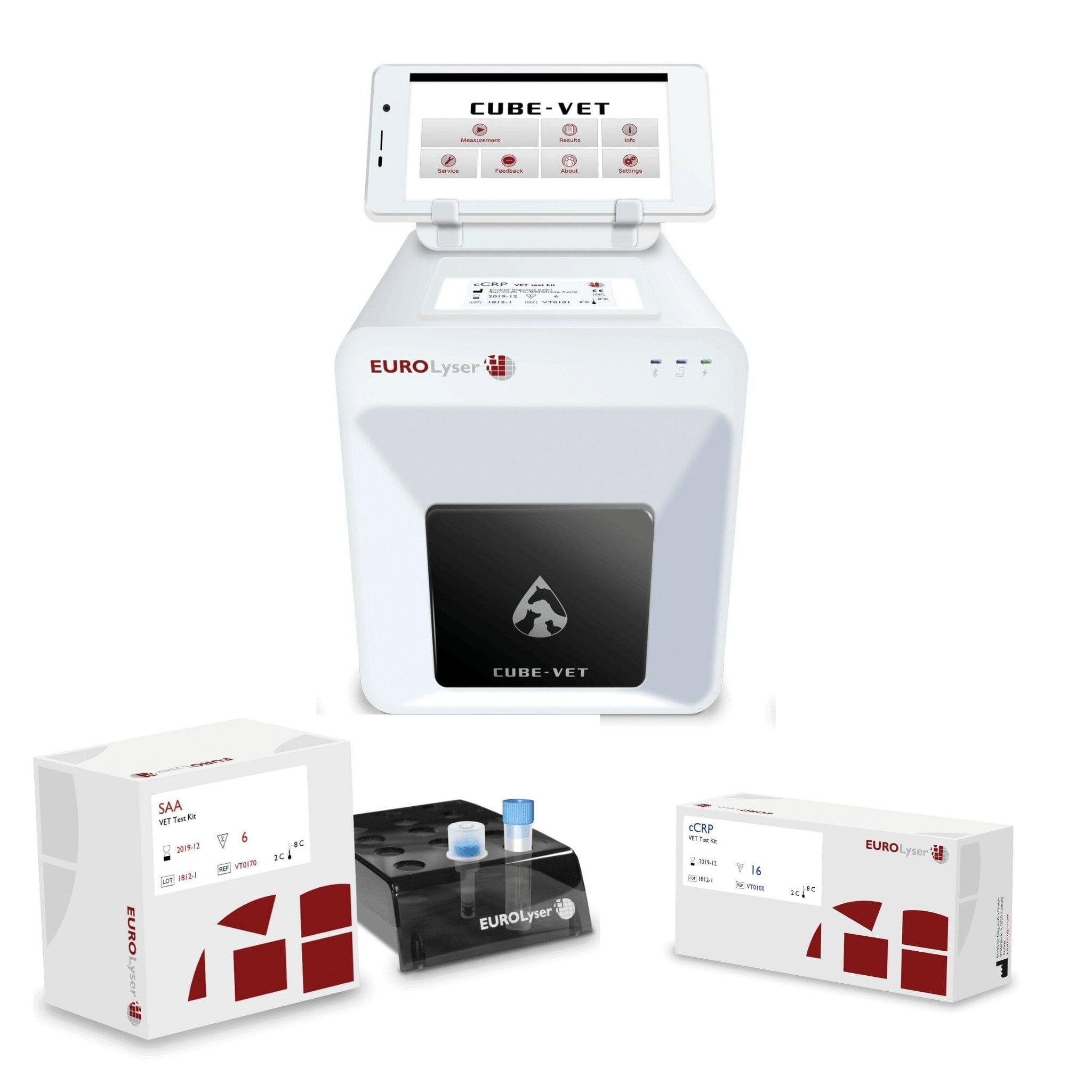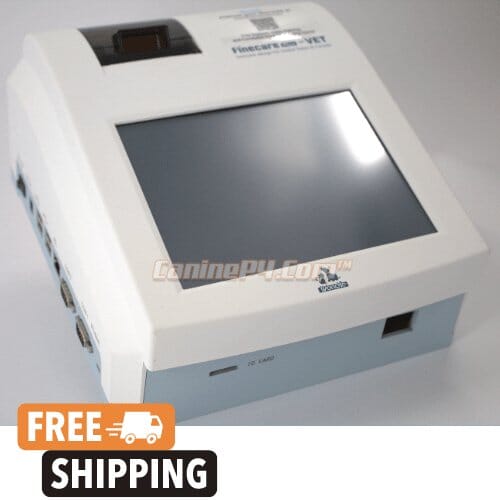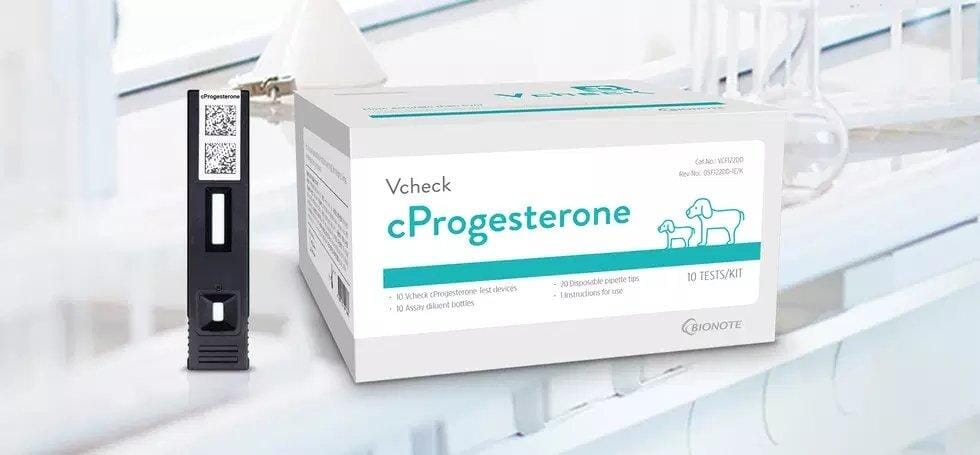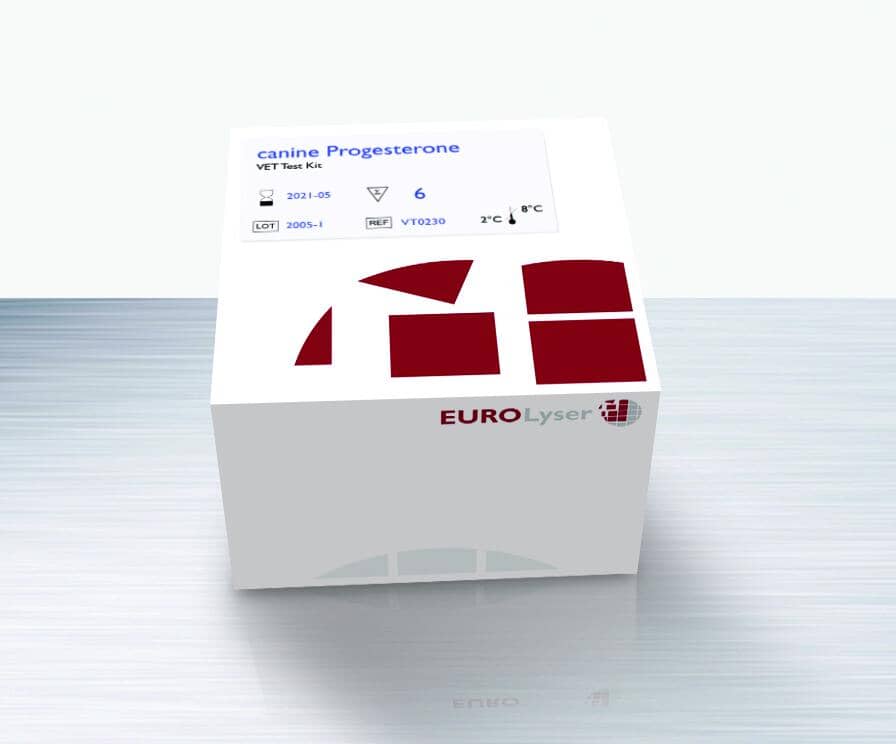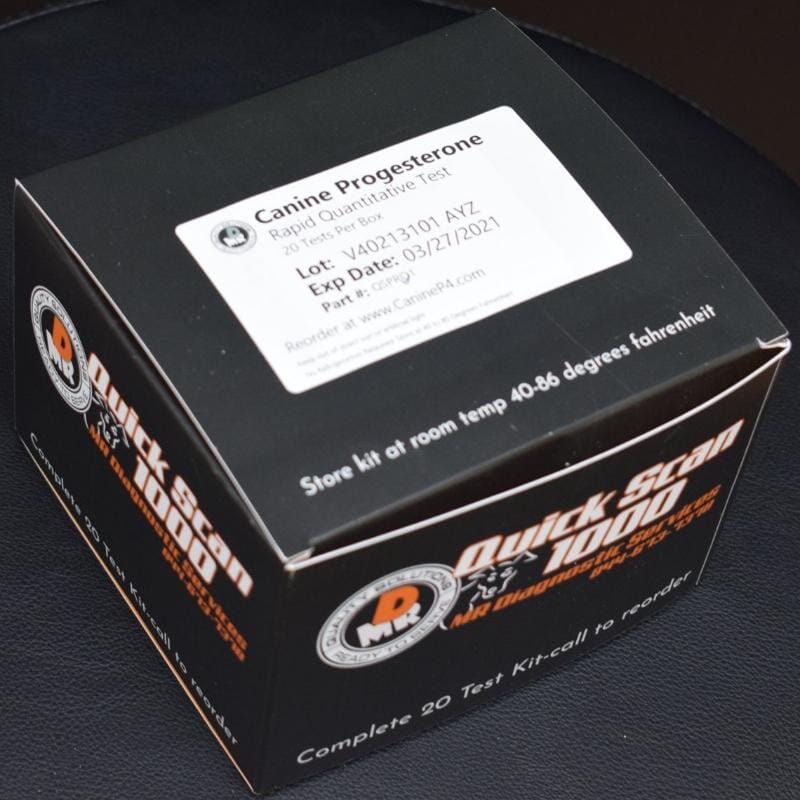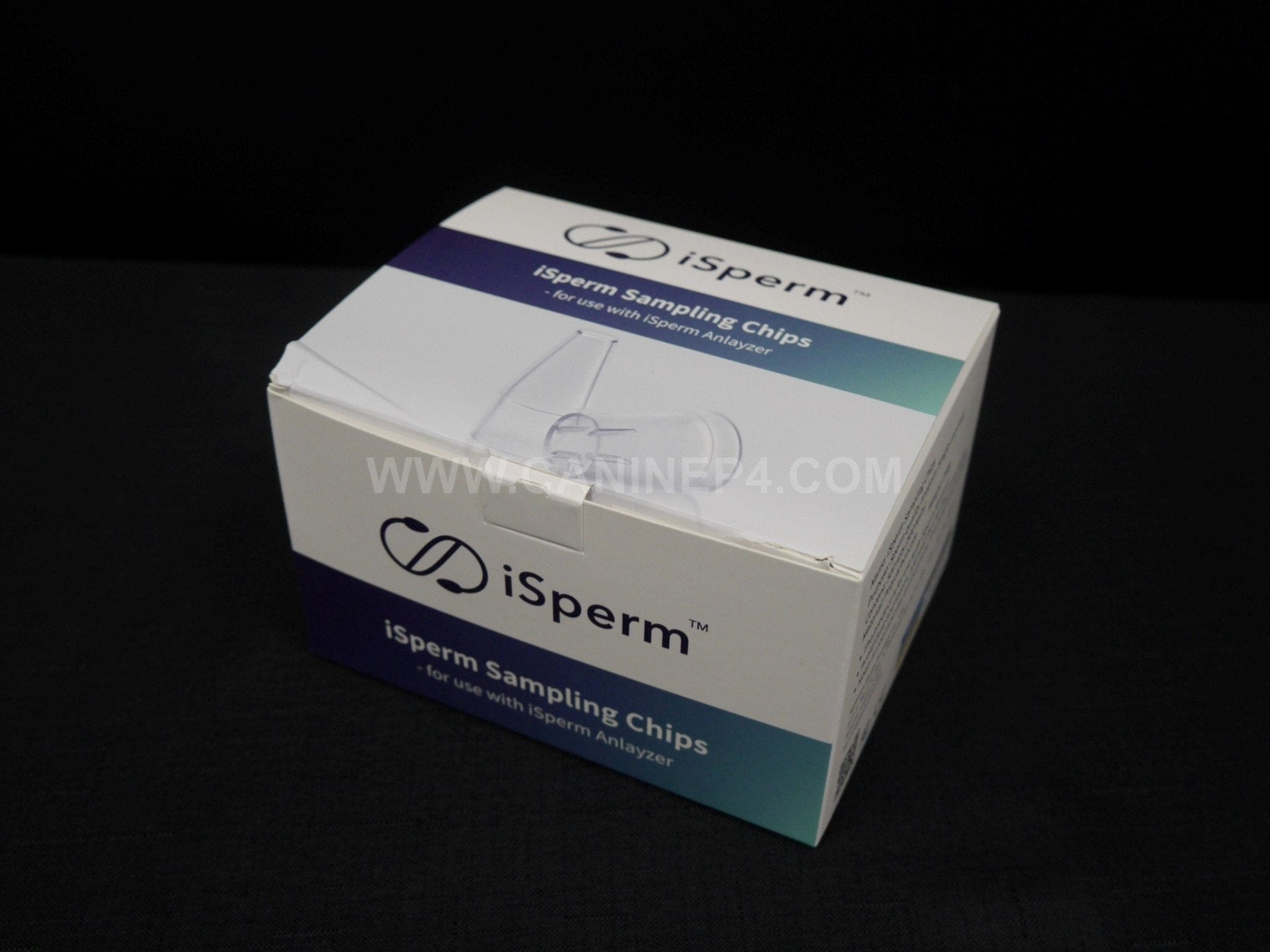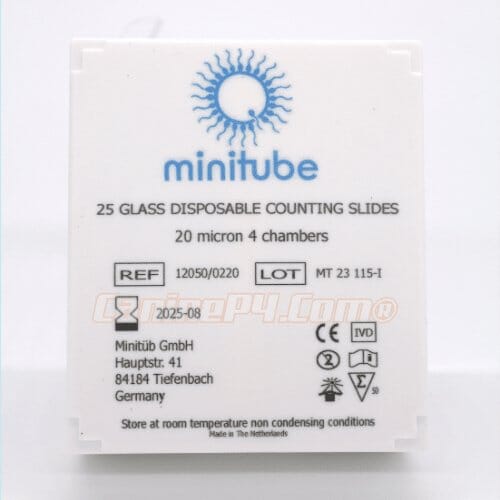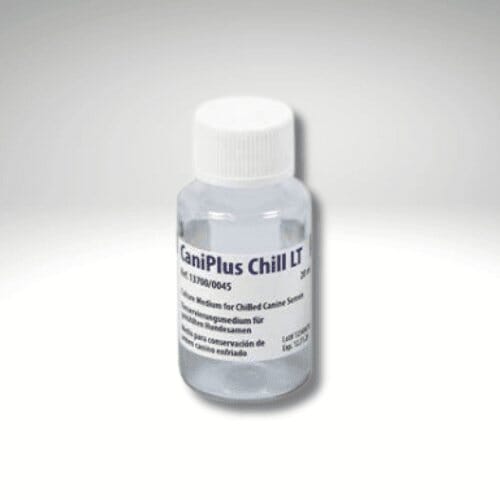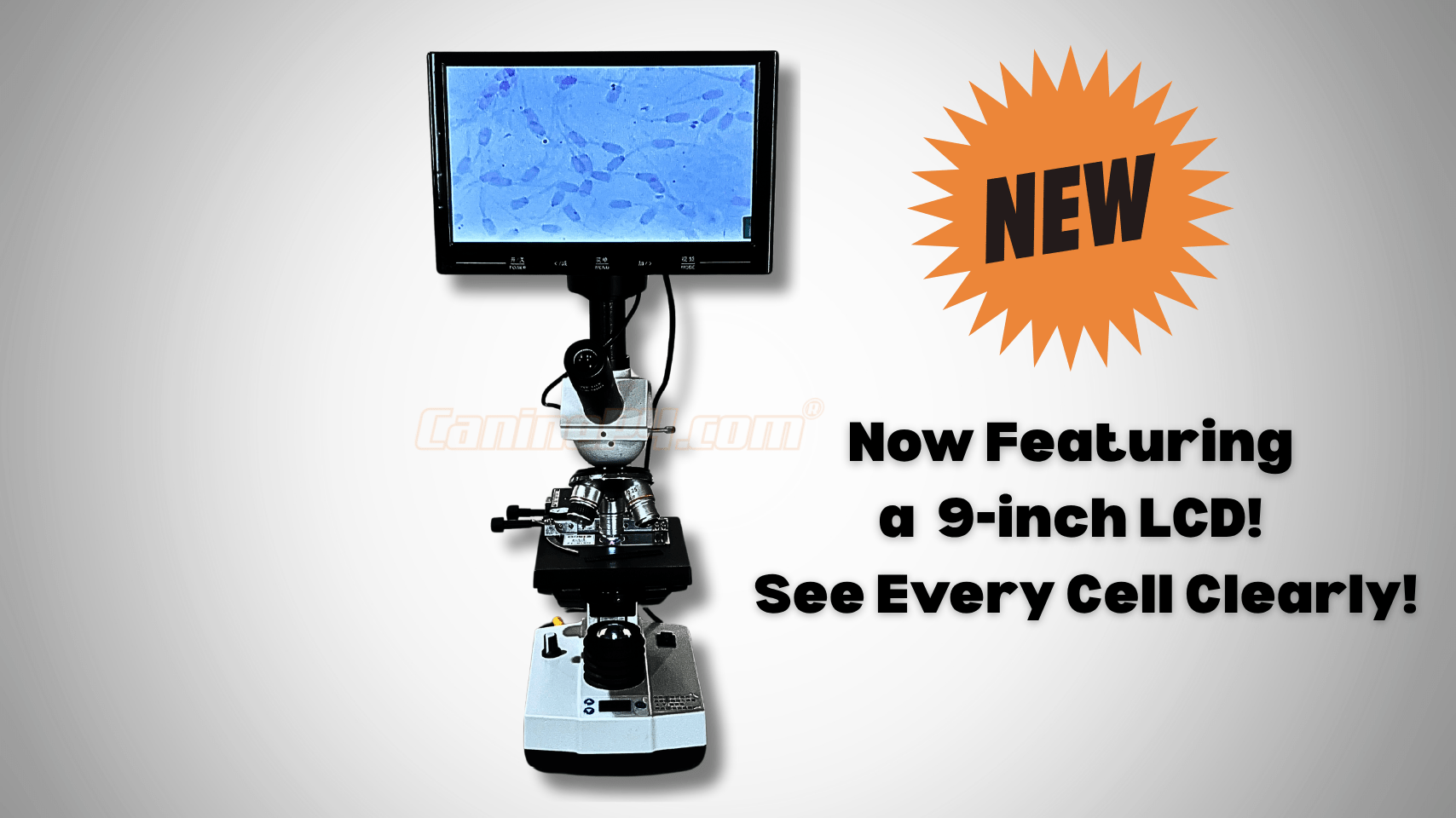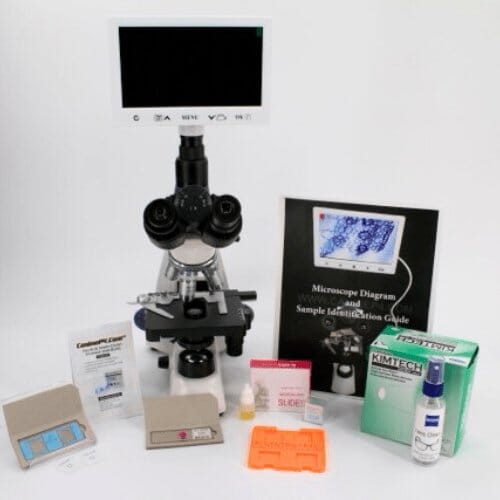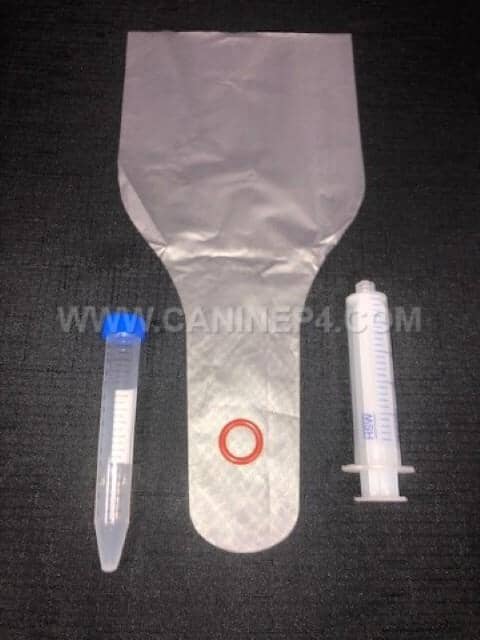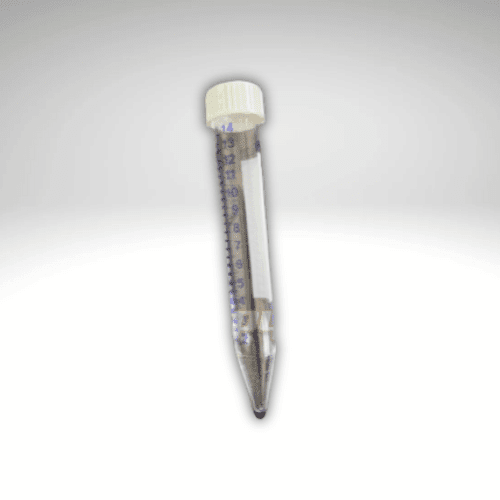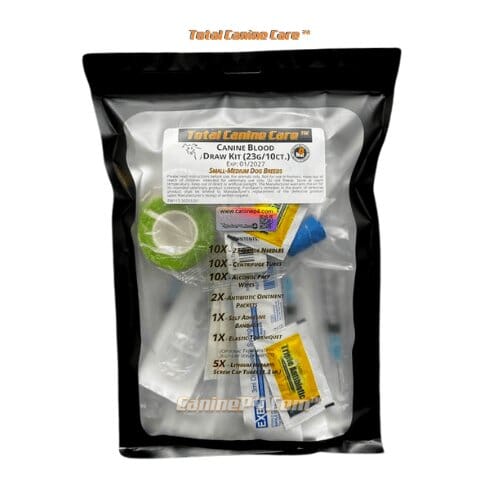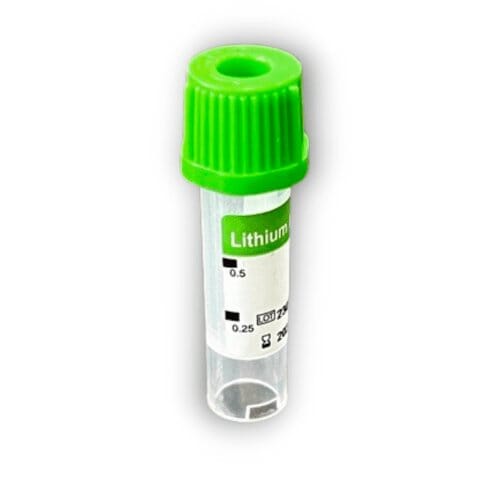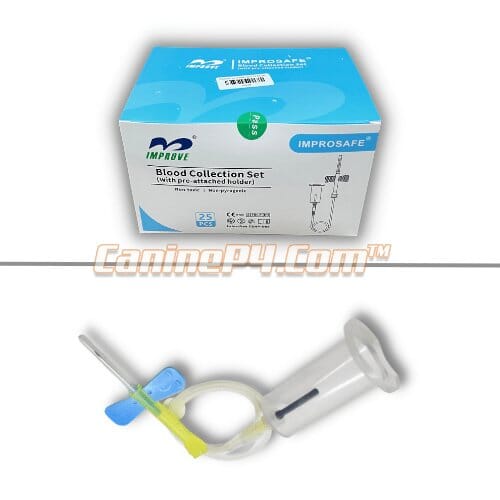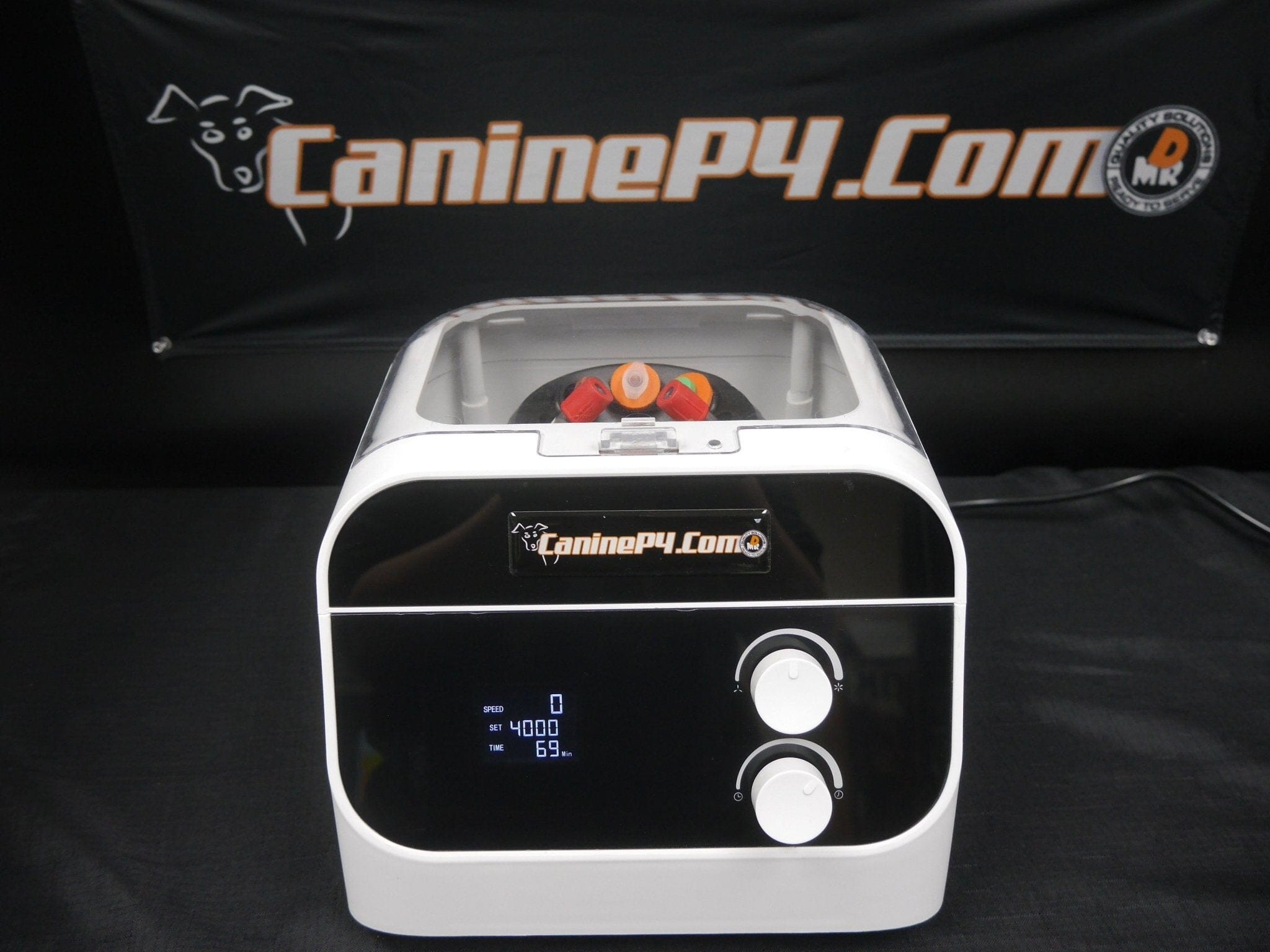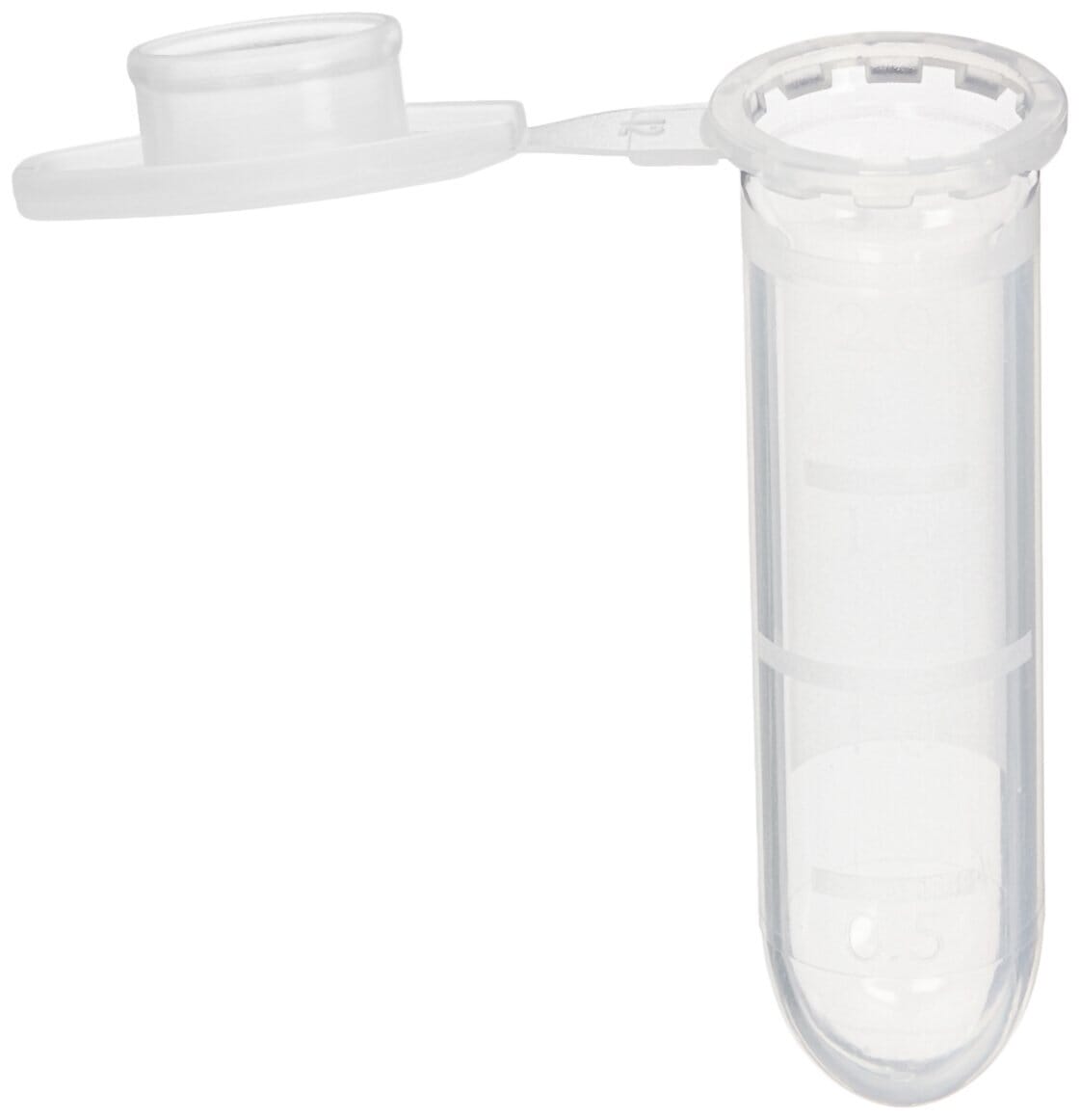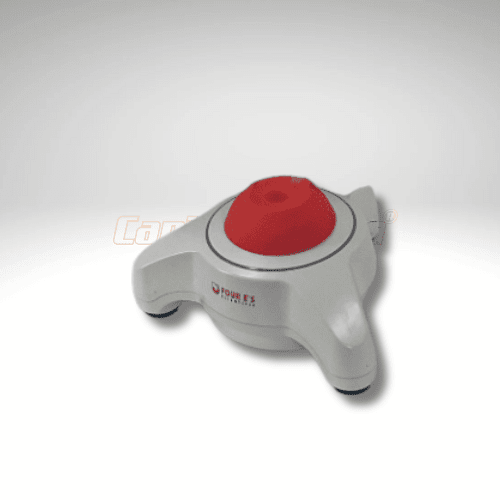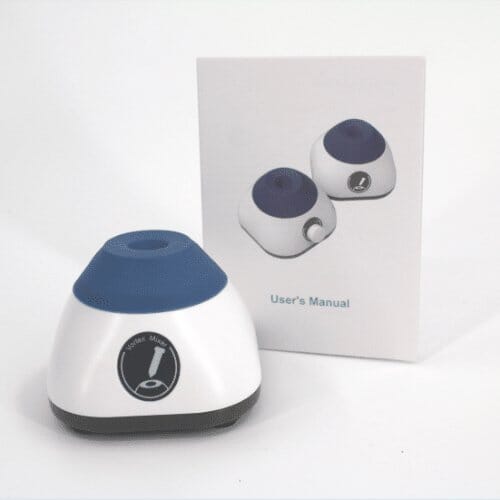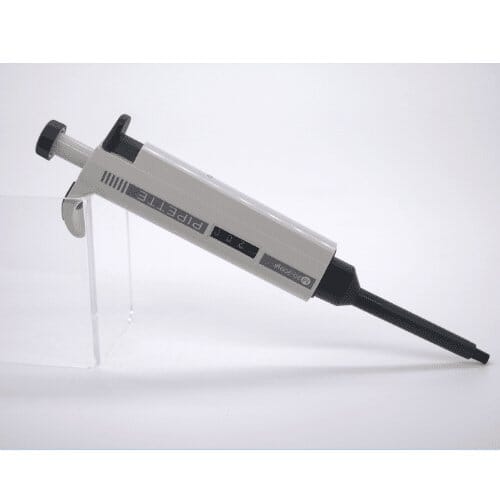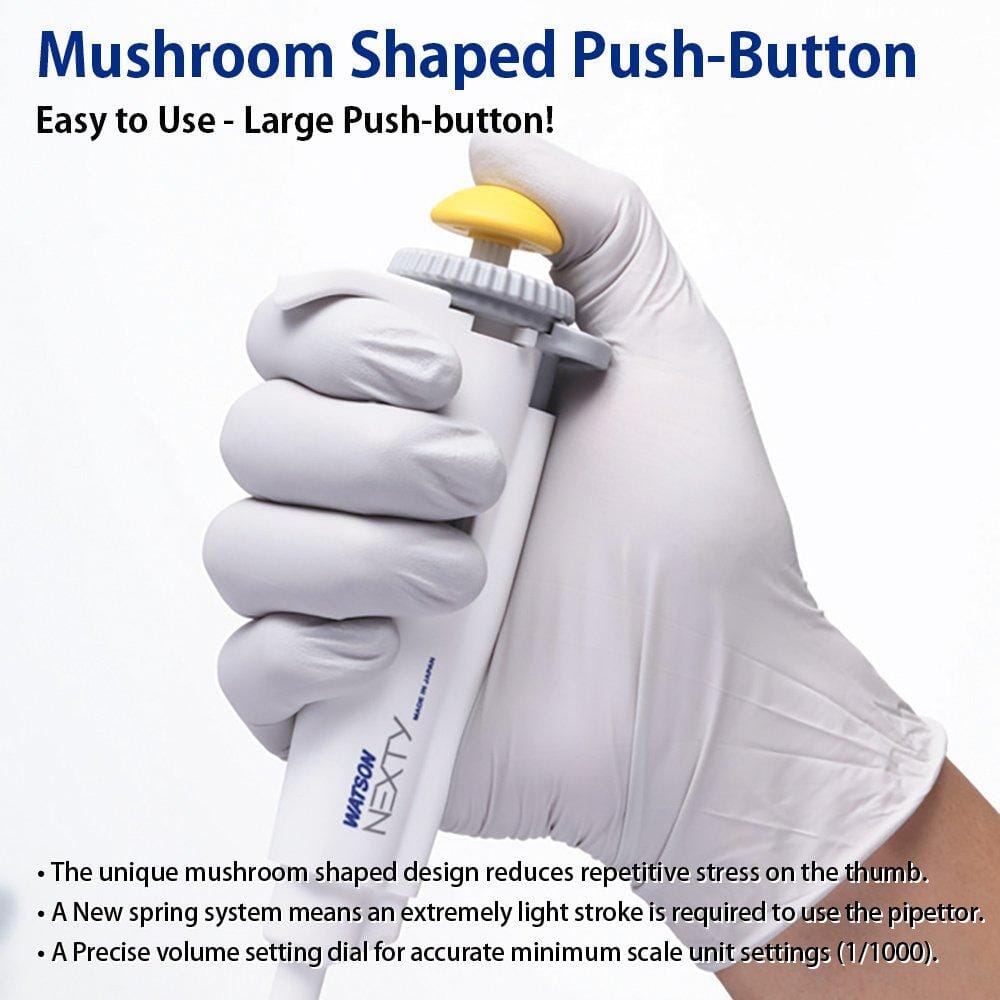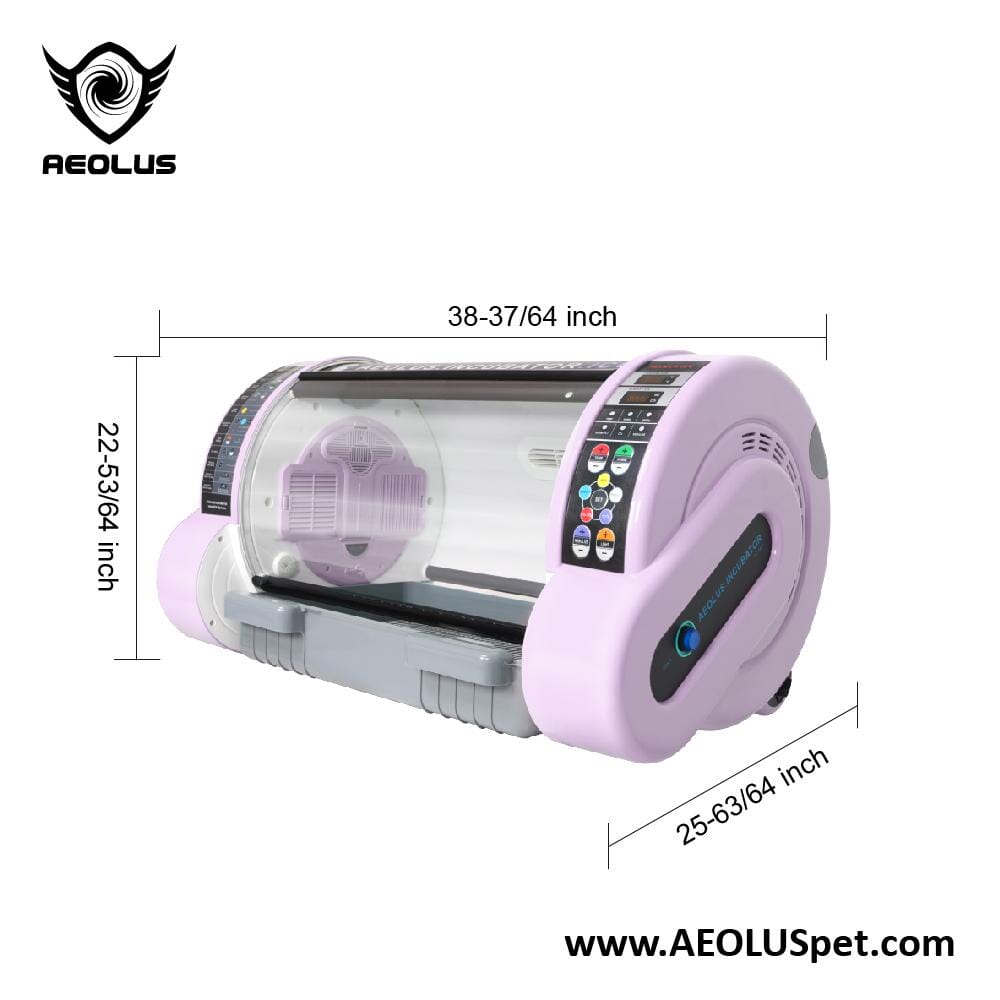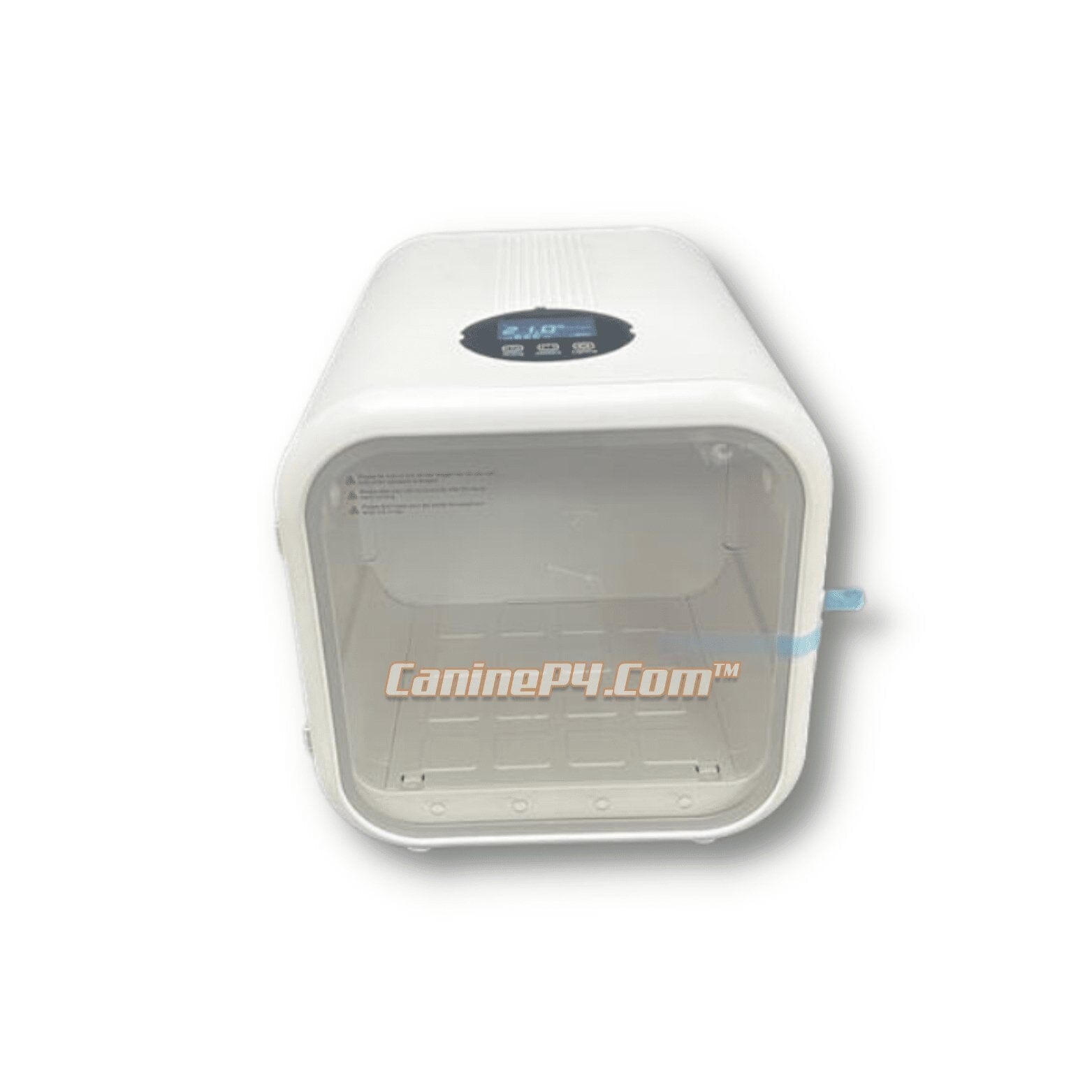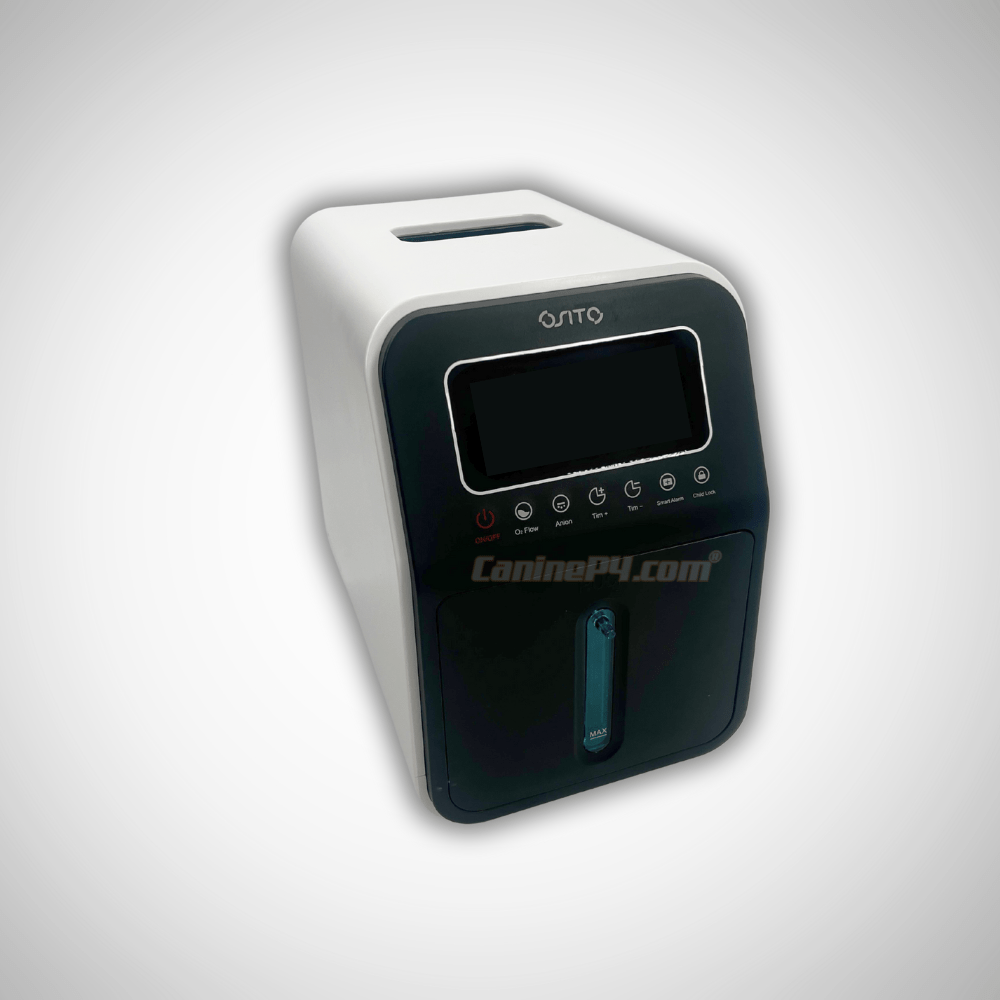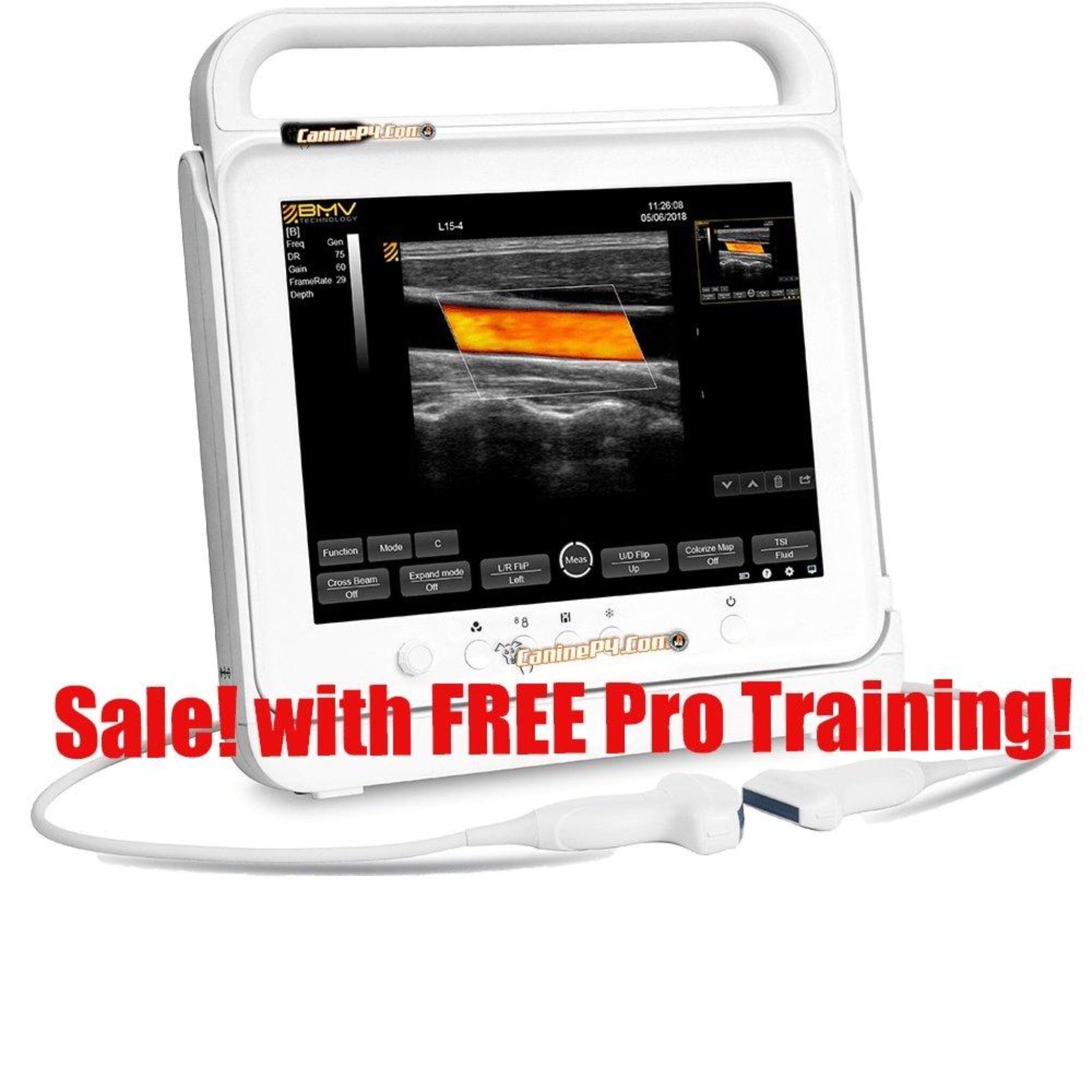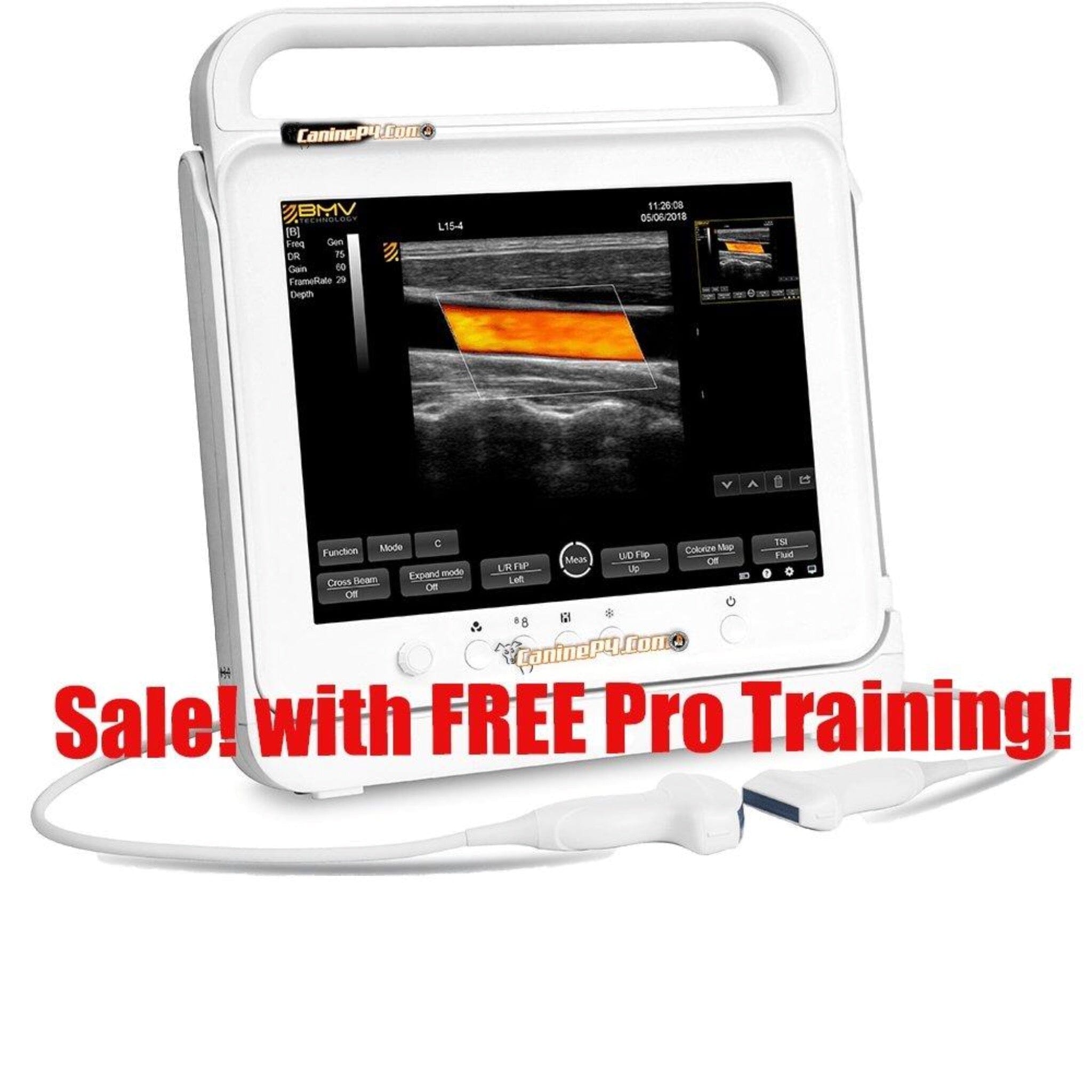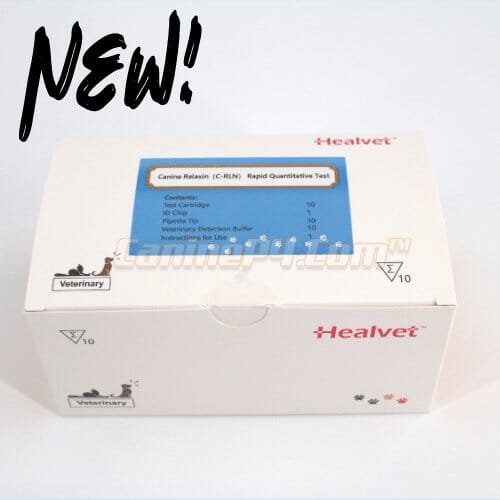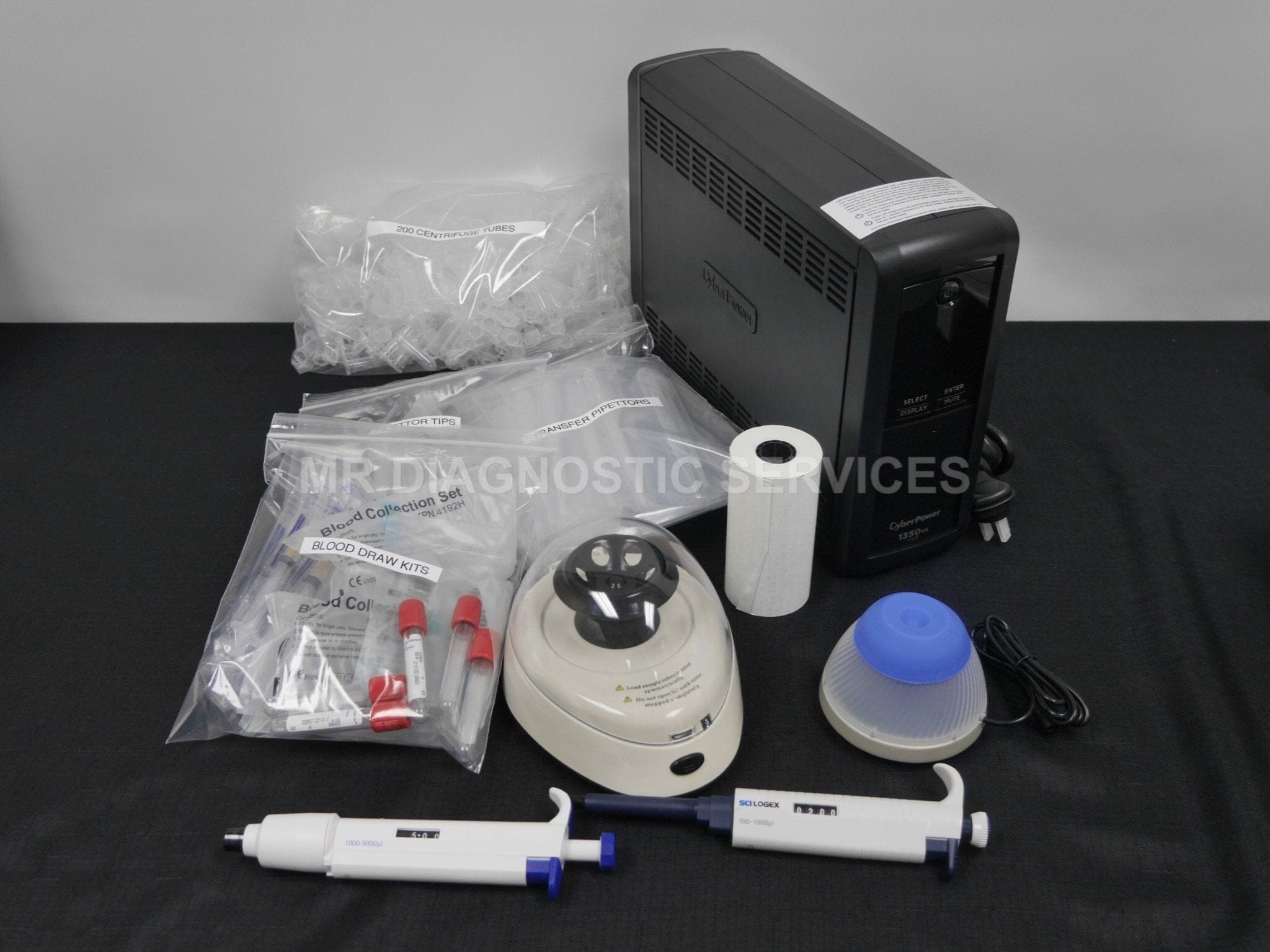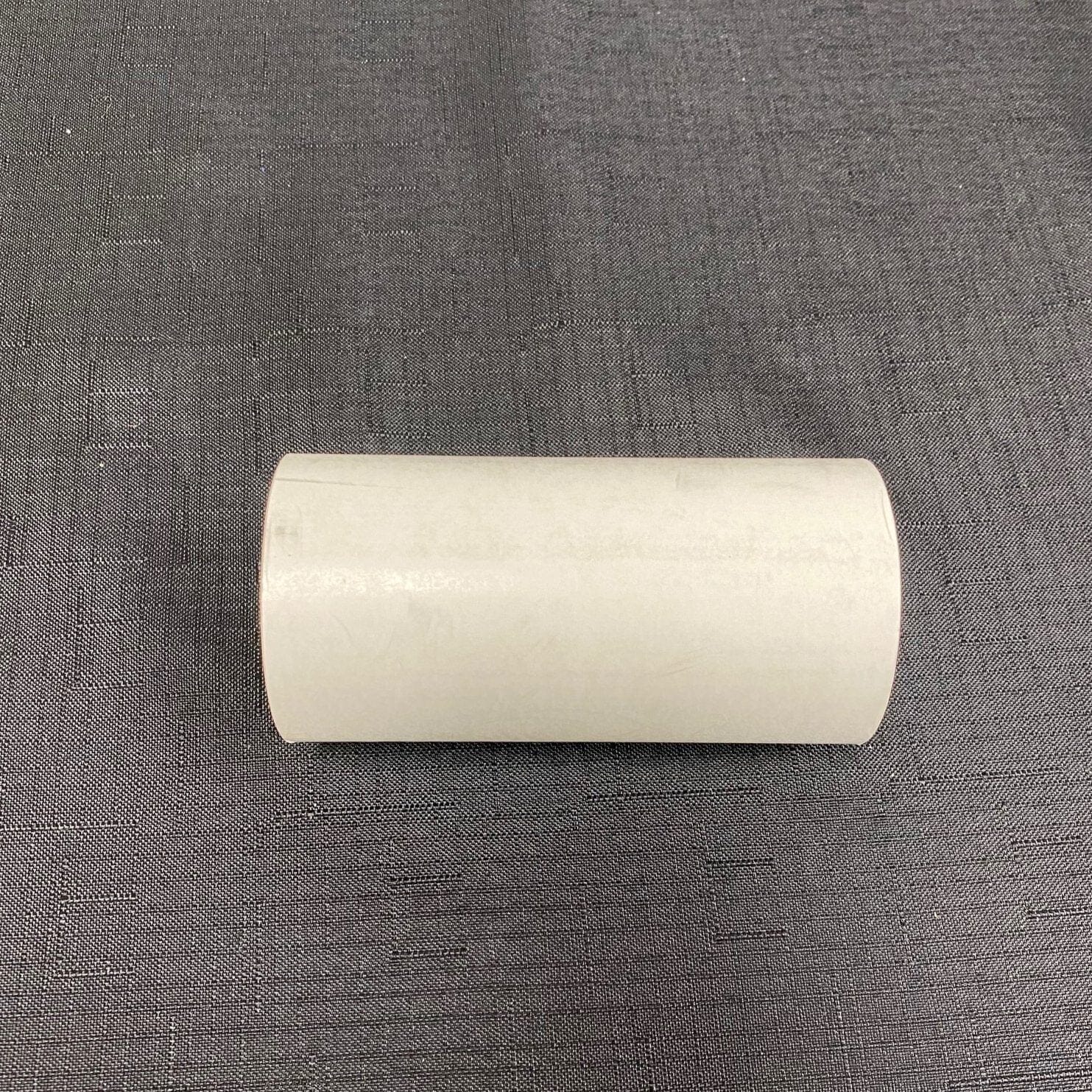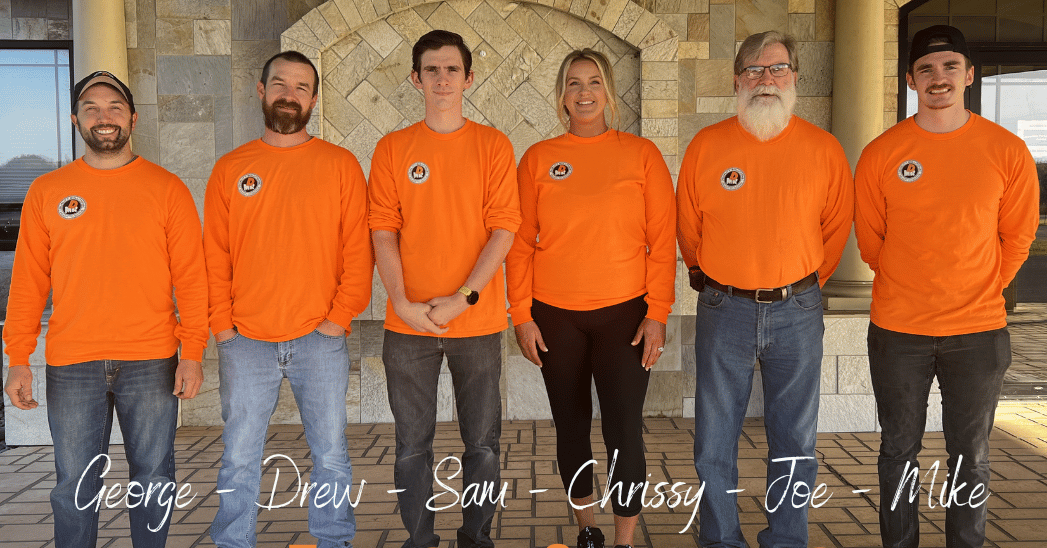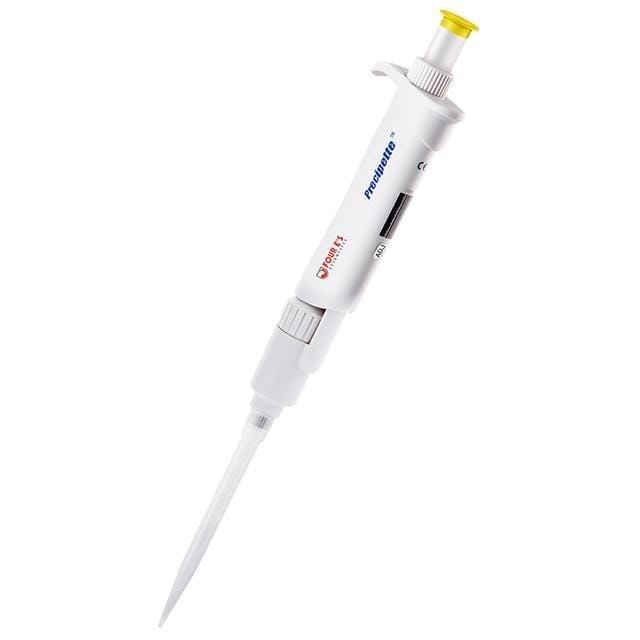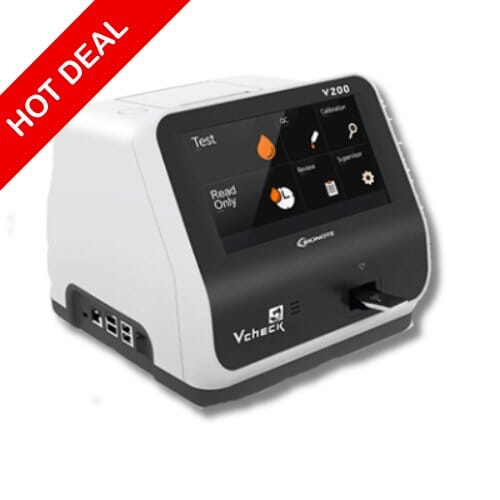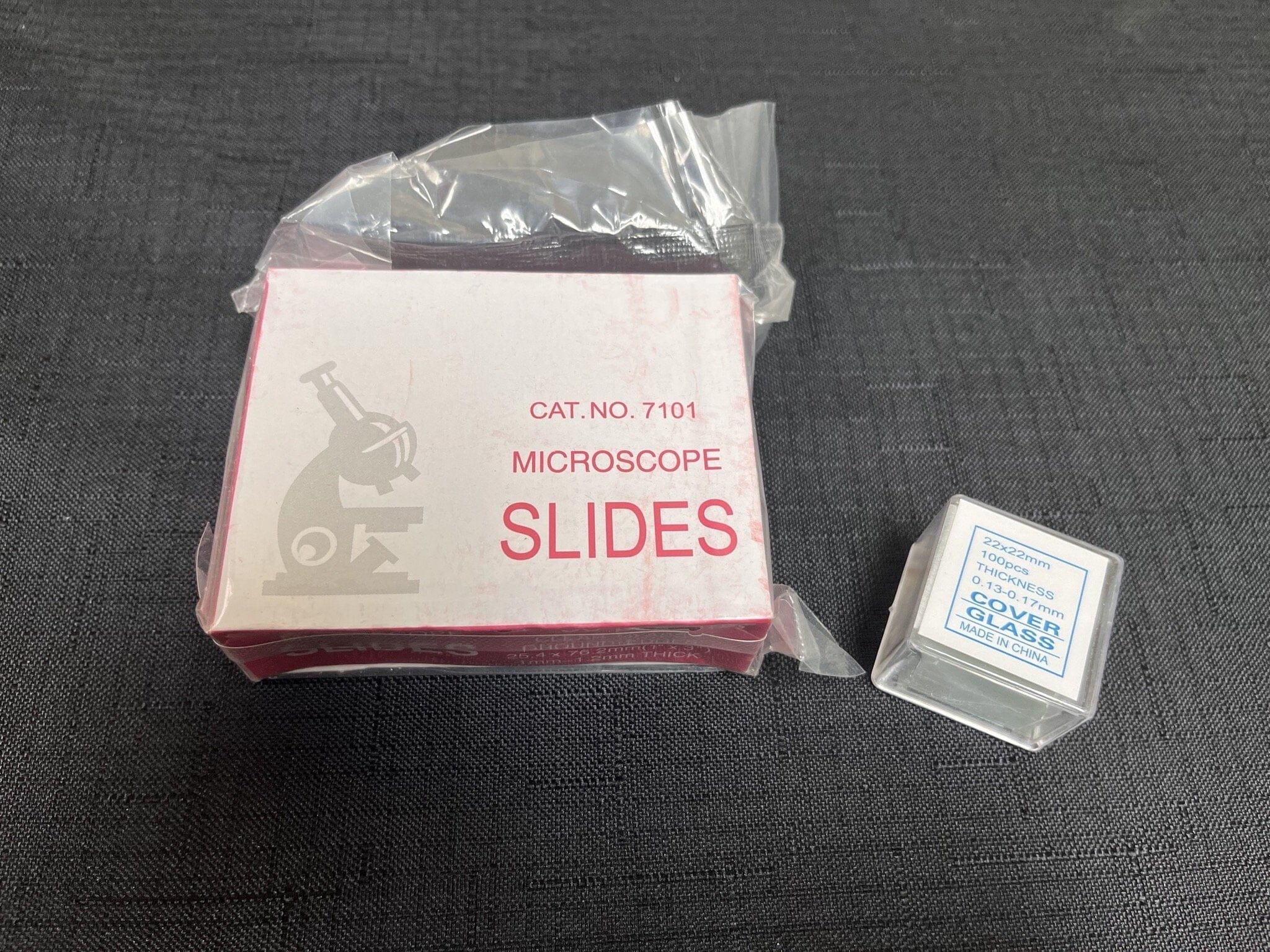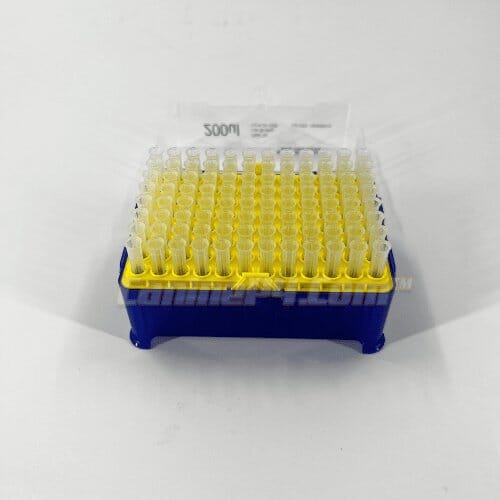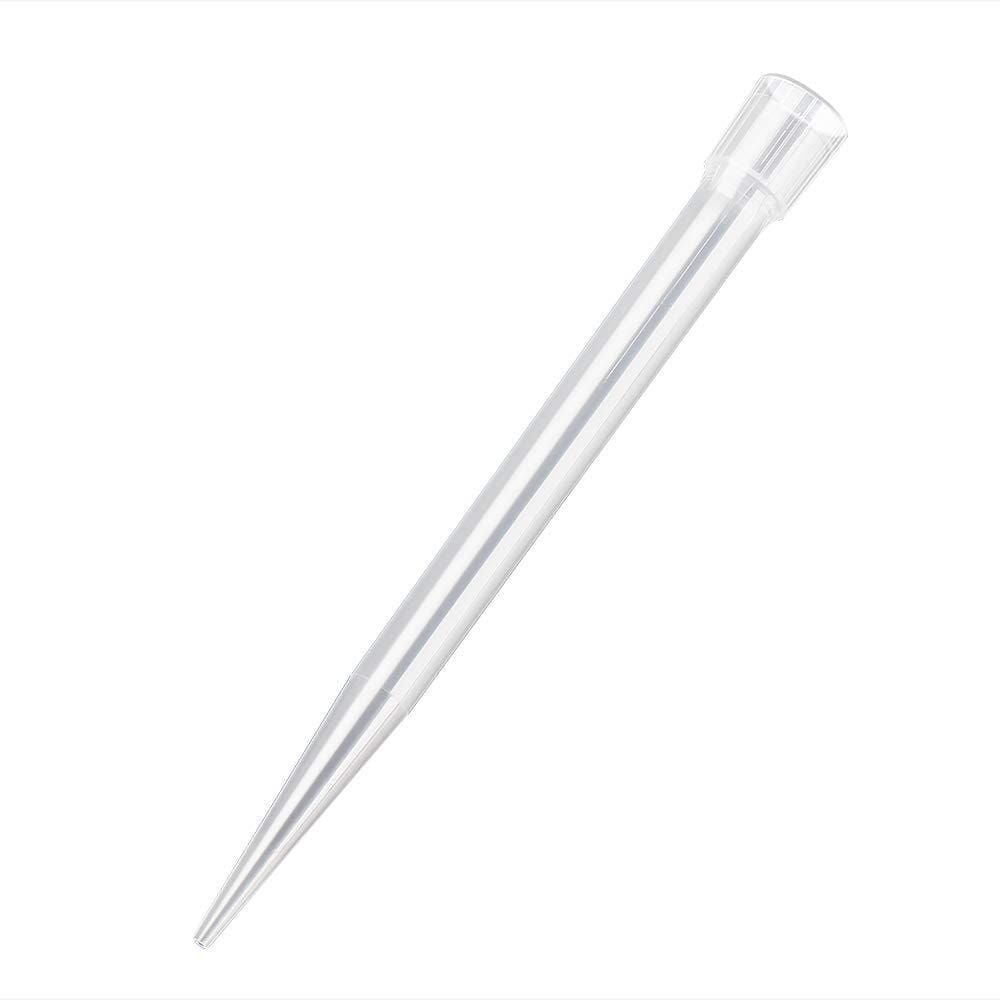Menu
Advantages of the Cube Vet: An Engineer’s Perspective
Advantages of the Cube Vet: An Engineer’s Perspective
The Cube Vet: a small, compact, and brilliantly built Austrian progesterone analyzer, capable of not only progesterone for dogs, but for cattle and horses as well. In addition to the progesterone assays, it supports 13 other general health tests, including T4 for thyroid disorders (hypo and hyperthyroidism). This is an awesome feature, as no other analyzer in this price range has such an extensive test menu.
It is one of the first of its class to commercially use absorption-spectrometry as the measurement method for veterinary testing. This method, in shorthand known as ab-spec, or simply photometry is essentially measuring how much light is “captured” by any given substance at a particular wavelength of light, for example, 346 nanometers.
The amount captured compared to the amount passing through the substance relates to the concentration of the hormone or other analyte in question. This method allows for a rapid measurement time of only 8 minutes (for progesterone).
Most other analyzers on the market in this price range utilize fluorescent measurement techniques and require one or more manual mixing step, which involve fluid transfer via pipette.
A major advantage to this type of measurement, is that there is no internal pipetting or transfer of fluids done or required, and absolutely no carryover risk. Operator steps are minimal and limited to adding a fixed volume of sample to a reagent vial, covering it with the provided antibody-coated cap, and then placing in the machine for processing and measurement, making the Cube easier to use than its competitors.
This reduction in operator steps decreases both turnaround time (total time to complete test) and errors, increasing both accuracy and user satisfaction.
The Cube Vet accomplishes internal mixing via a magnetic stirrer. This is seen as well in coagulation and chemistry analyzers, but not nearly in the same fashion. Even a fully automated, 1200-pound chemistry analyzer uses high speed paddles to mix the sample and reagent, using considerable amounts of water and detergent to minimize sample carryover (mixing of two different samples or reagents accidentally, also referred to as cross-contamination).
The Cube Vet employs a built-in circulating magnet to move around a metal ball the size of a BB pellet, which circulates in the fluid and properly mixes the constituents, with no user intervention required, unlike competitors which require manual mixing.
Another great aspect of the Cube Vet is its compressed result scale. Many analyzers measure progesterone range from 0 to 50 or even 80 ng/mL, which statistically, creates a wider “range” or variation for a single result.
For instance, a known/absolute value of 10.0 ng/mL can have clinically acceptable ranges of 9-11 ng/mL on a particular instrument, while the number still can truly be 10. The Cube Vet has a reportable range (reportable simply means it can measure the concentration of an analyte such as progesterone in this particular range) of 1.2-20 ng/mL.
This reduced range, coupled with internal mixing and its ab-spec technology, actually creates better precision. For a single sample of “absolute value” of 7.0, (tested and validated in-house) the clinically acceptable variation, or range in that value is about 6.7-7.3 ng/mL. The end result of this compressed scale is much easier to interpret results as well as increased accuracy.
Analytical devices are limited in producing absolute values which result the same each and every time because of systematic, random, operator, production, liquid volume, and even electrical errors. This leads to variation in the reported value of any given sample when tested multiple times.
We see that reducing operator steps and the reduced range/variation for a single value, can lead to improved precision, making the Cube a fantastic option for those wanting the very best accuracy for a reasonable price.
See the Cube Vet in action and on sale at www.caninep4.com, the team is willing and able to answer any questions you might have!
-Sam Decker - Head Engineer and R&D Lead Engineer - MR Diagnostic Services
Browsing history
- Choosing a selection results in a full page refresh.


